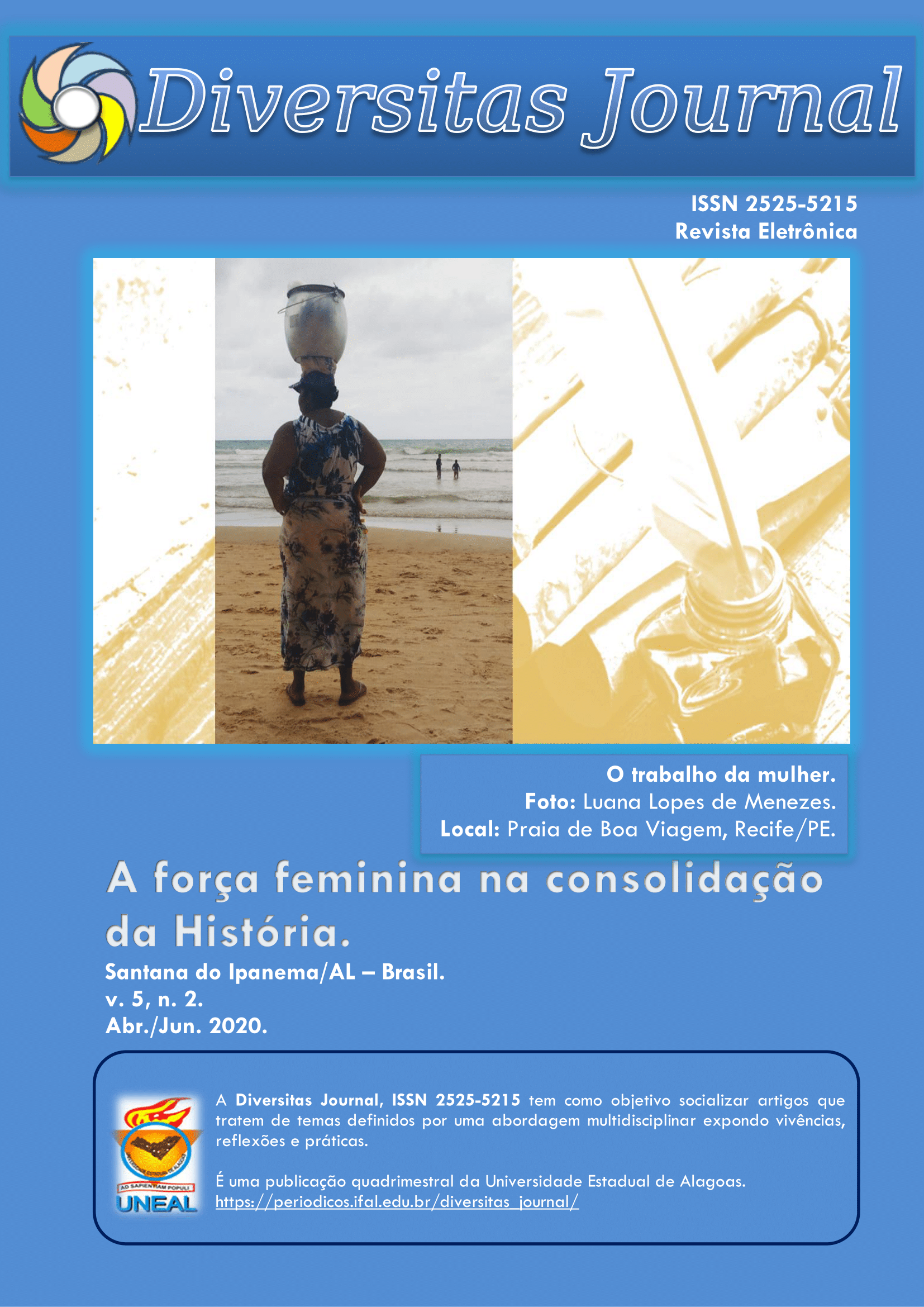Caracterização da conservação refrigerada do umbu (Spondias Tuberosa Arruda Câmara) sob atmosfera modificada
DOI:
https://doi.org/10.17648/diversitas-journal-v5i2-931Abstract
ABSTRACT: The umbu is one of the most important fruits for the caatinga, considering its great potential of production in face of the imposed conditions and great potential of utilization, but nevertheless it is a very perishable postharvest fruit, it needs studies of its conservation. The different levels and postharvest states have differences that can be controlled and mitigated in their rapid loss of acidity and economic value. With the prospect of promoting the expansion of umbu supply and reducing losses due to the rapid advance of ripening after harvest, the aim of this study was to evaluate postharvest conservation of umbus harvested at different maturity stages under modified atmosphere by quality characteristics. A completely randomized design with five treatments and three replications (five different maturation stages) was used for the study. Each treatment had 25 fruits. From each stage, three fruits were randomly taken for physical and chemical characterization, analyzed at the beginning of the experiment, after 7, 14 and 21 days of storage. Physical characteristics in relation to fruits were: soluble weight, pH, and sugar expressed as ºBRIX. The temperatures of the trays and the interior of the refrigerator and humidity inside the refrigerator were also observed. Data were subjected to analysis of variance (ANOVA) and means were compared by Tukey test at 5% probability using the statistical program SISVAR (FERREIRA, 2011). There was no significant effect in relation to pH between the five stages of maturation. The fruits with the highest pH value were those with a predominant coloration of yellow, and the one with the lowest value were the completely green fruits. The value ranged from 3.08 to 2.72. Soluble solids were lower in a green stage umbus, and the highest value was found in all-yellow fruits. The pH values of umbu remain stable between the ripening stages, and the highest value is found when the fruit has its peel with the predominance of yellow. 2.There is little variation in soluble solids.
KEYWORDS: Brix, pH, Acidity, Fruits.
Metrics
Downloads
Published
How to Cite
Issue
Section
License
Copyright (c) 2020 Neilson Silva Santos, José Crisólogo de Sales Silva, Cleyton de Almeida Araújo, Kelson Felix Lima, Felipe Gabriel Alves Silva

This work is licensed under a Creative Commons Attribution 4.0 International License.
The Diversitas Journal expresses that the articles are the sole responsibility of the Authors, who are familiar with Brazilian and international legislation.
Articles are peer-reviewed and care should be taken to warn of the possible incidence of plagiarism. However, plagiarism is an indisputable action by the authors.
The violation of copyright is a crime, provided for in article 184 of the Brazilian Penal Code: “Art. 184 Violating copyright and related rights: Penalty - detention, from 3 (three) months to 1 (one) year, or fine. § 1 If the violation consists of total or partial reproduction, for the purpose of direct or indirect profit, by any means or process, of intellectual work, interpretation, performance or phonogram, without the express authorization of the author, the performer, the producer , as the case may be, or whoever represents them: Penalty - imprisonment, from 2 (two) to 4 (four) years, and a fine. ”


















